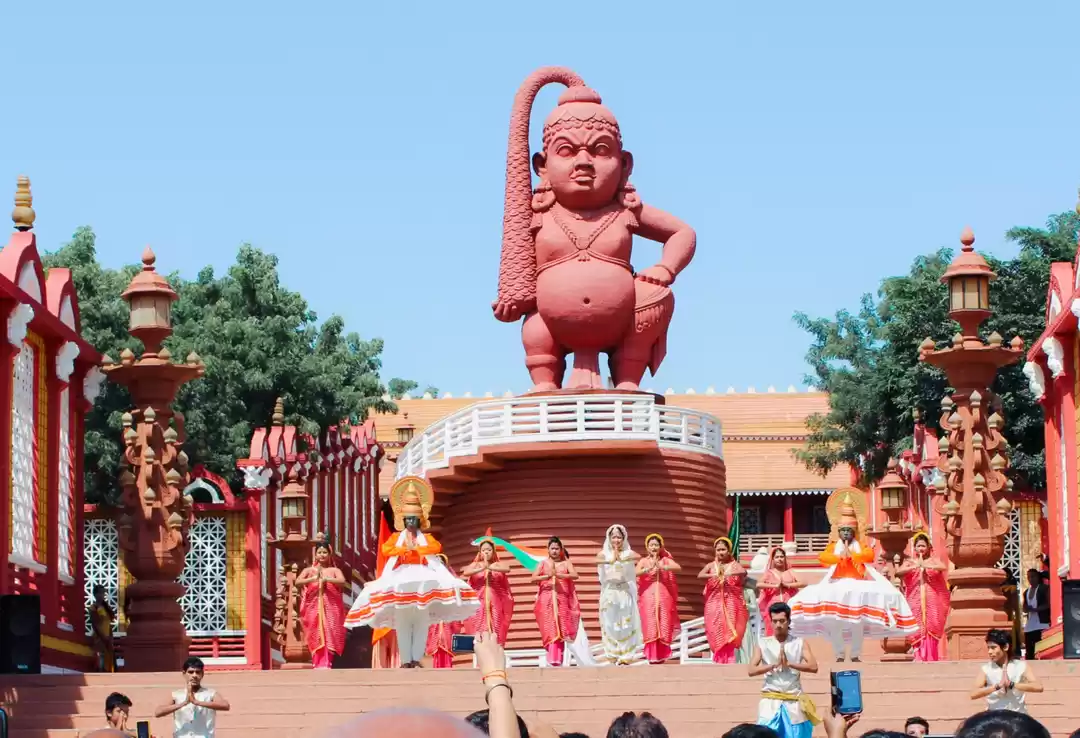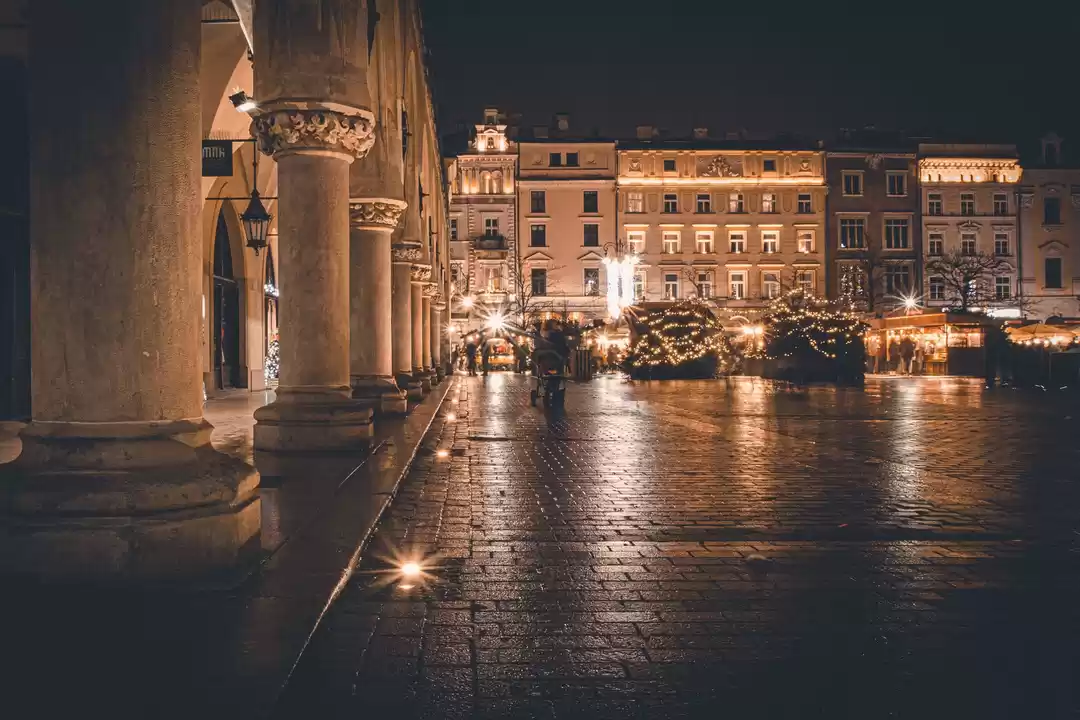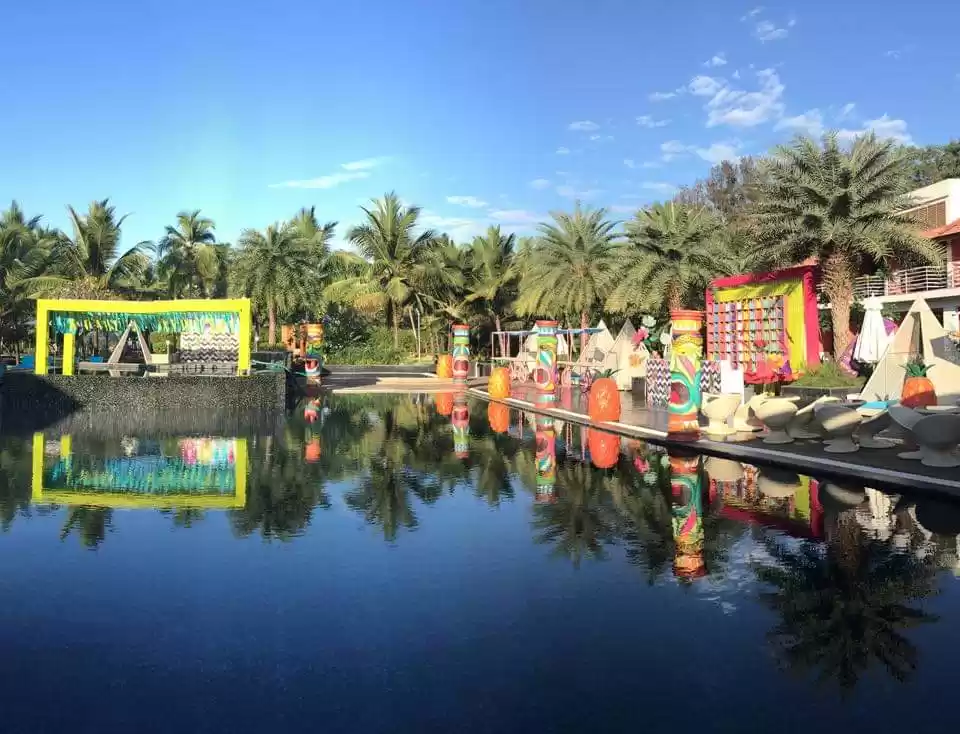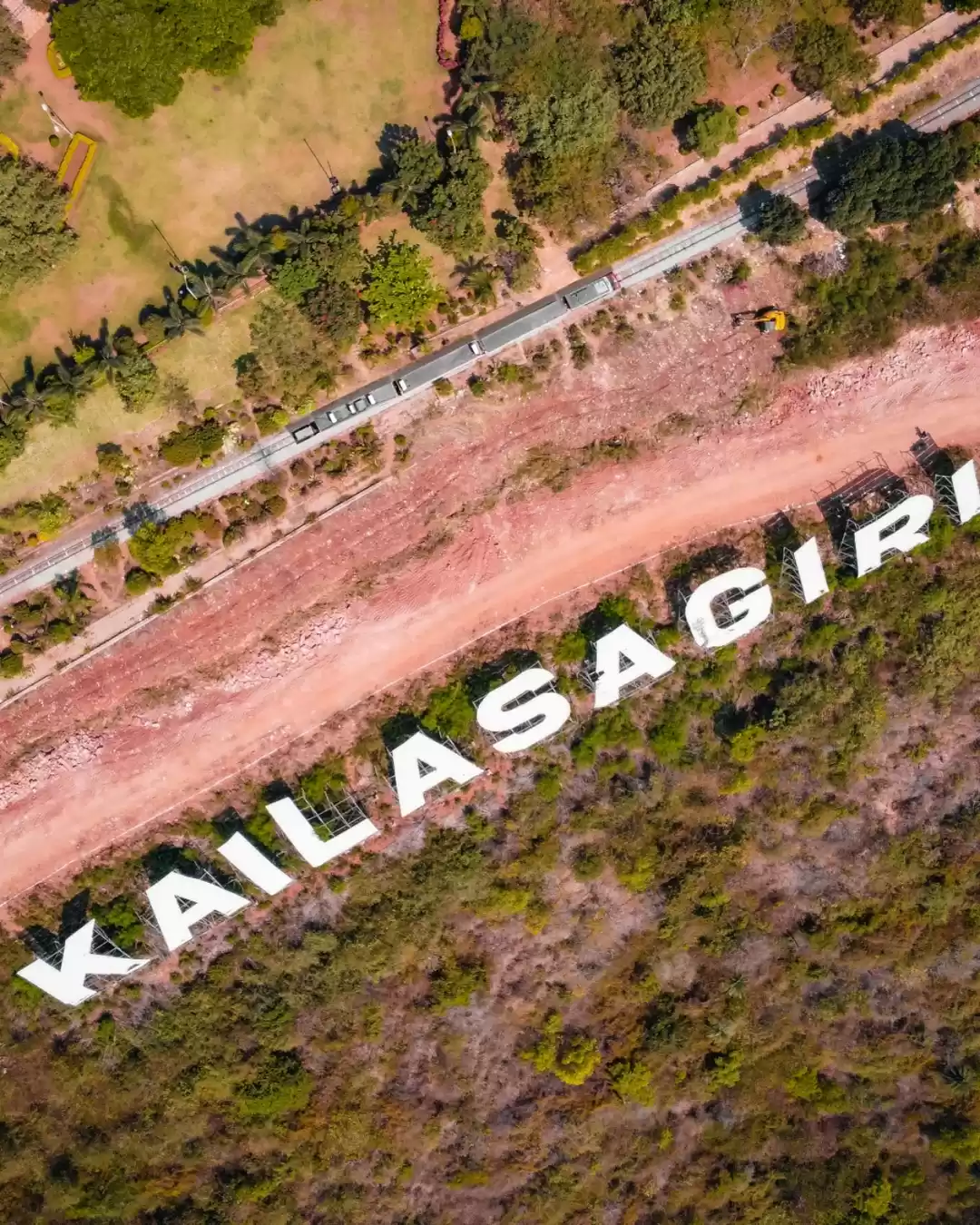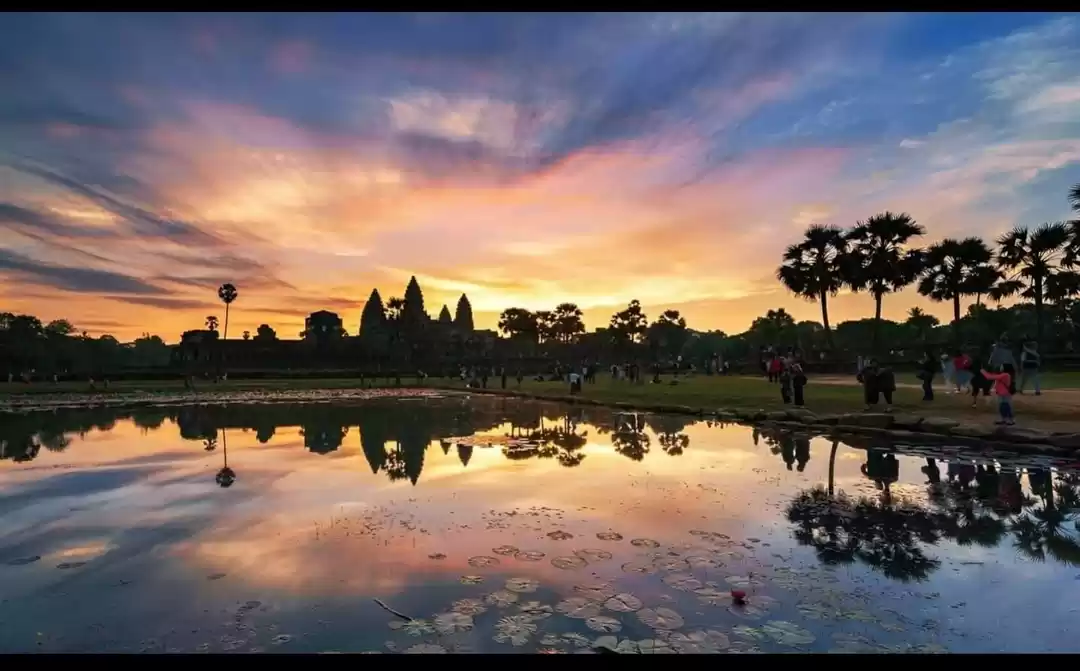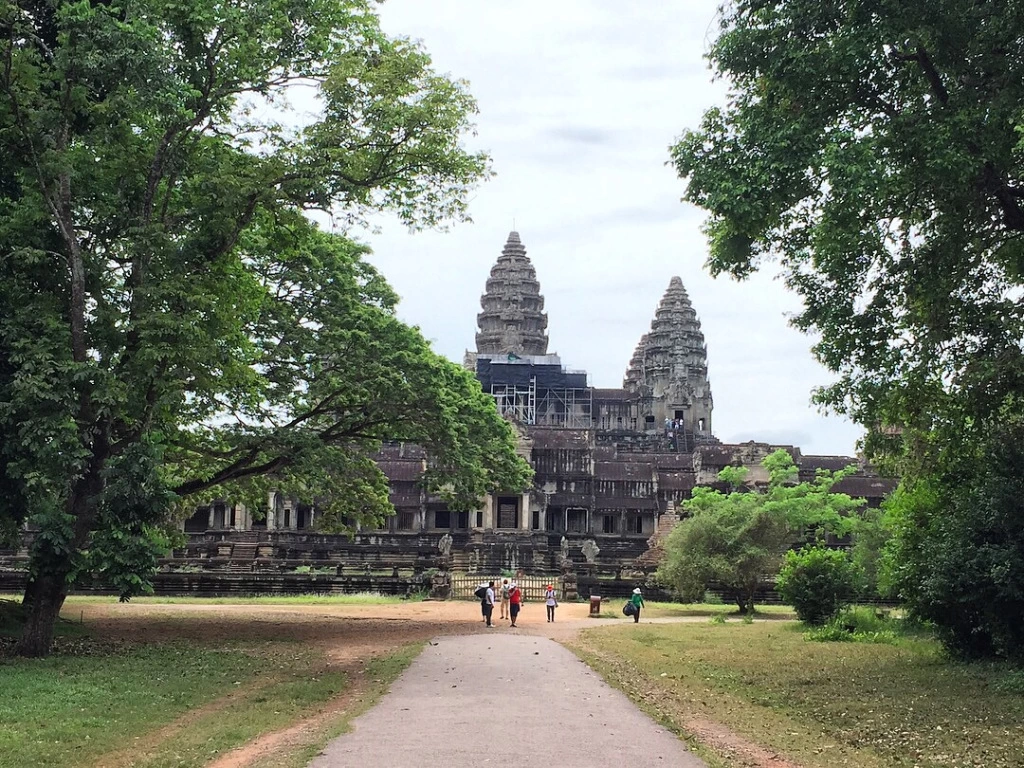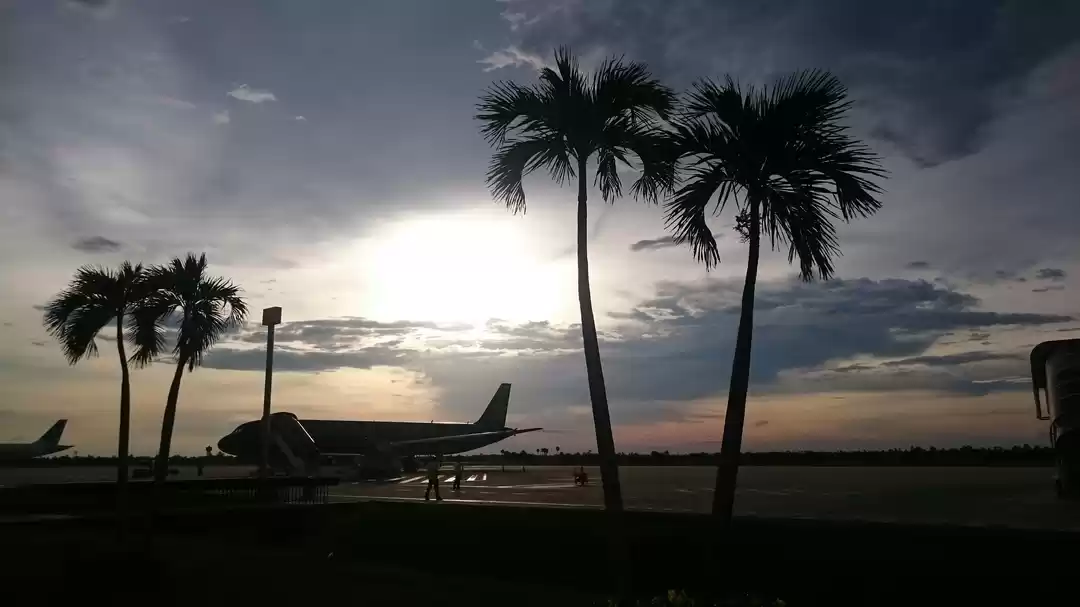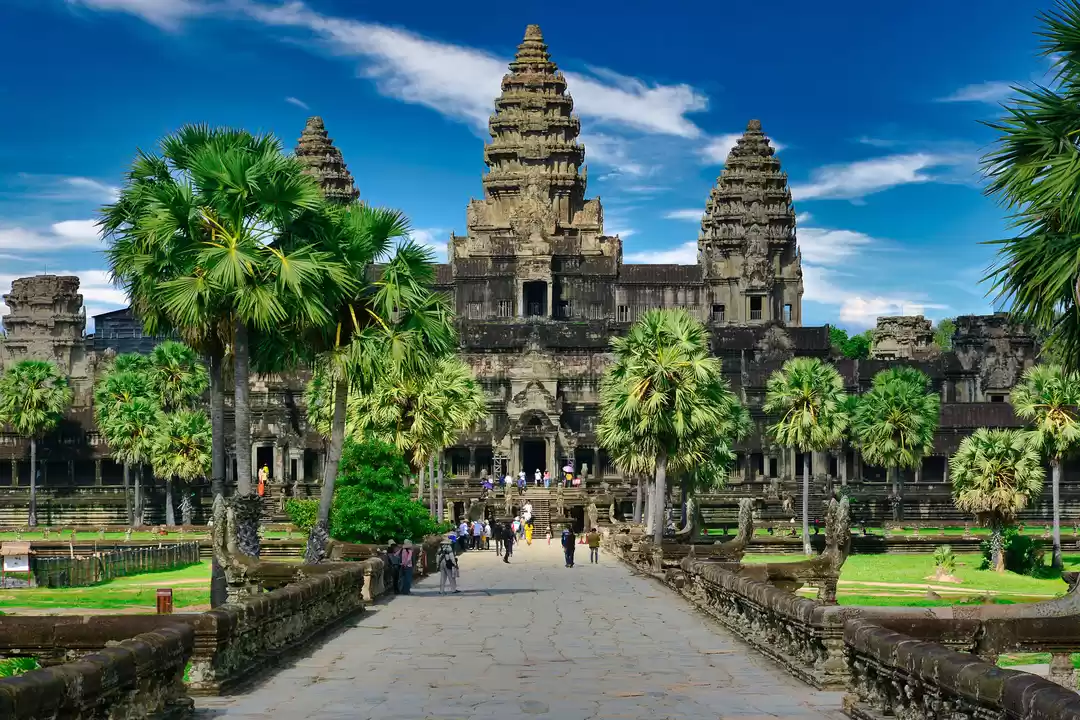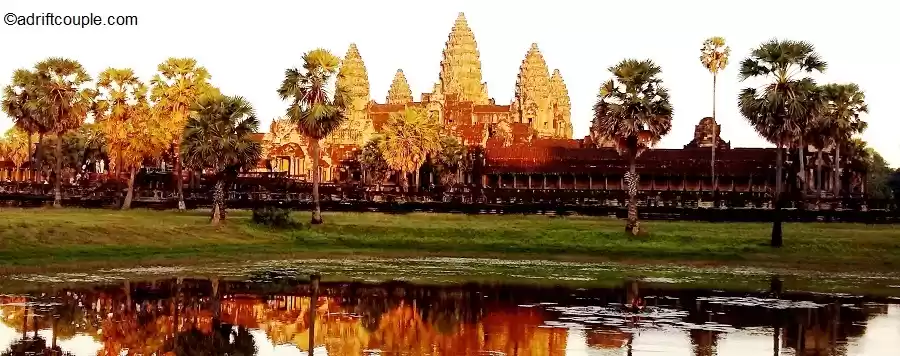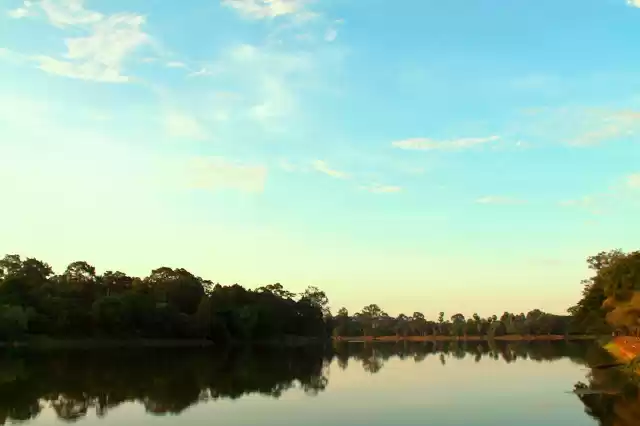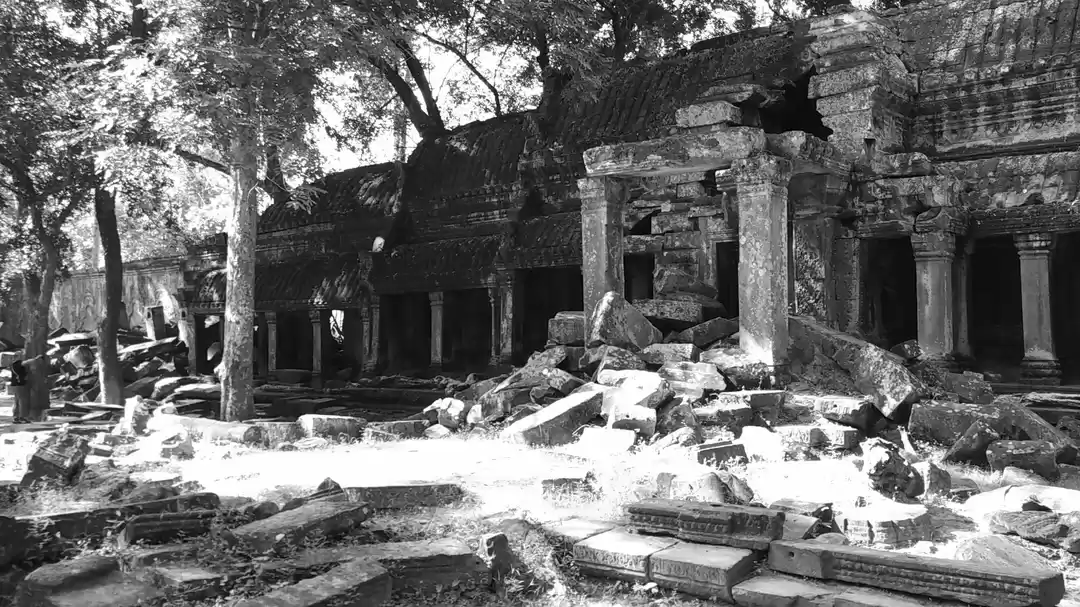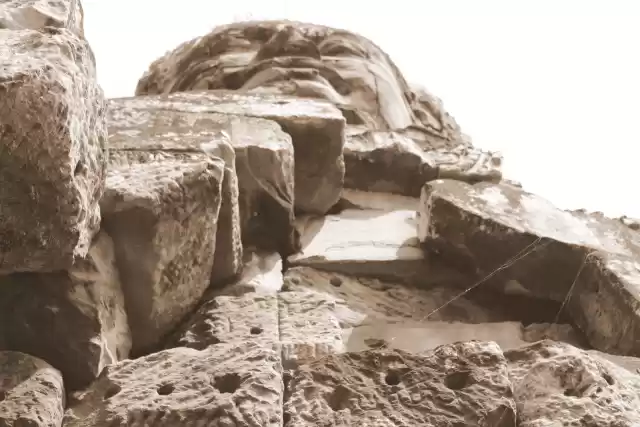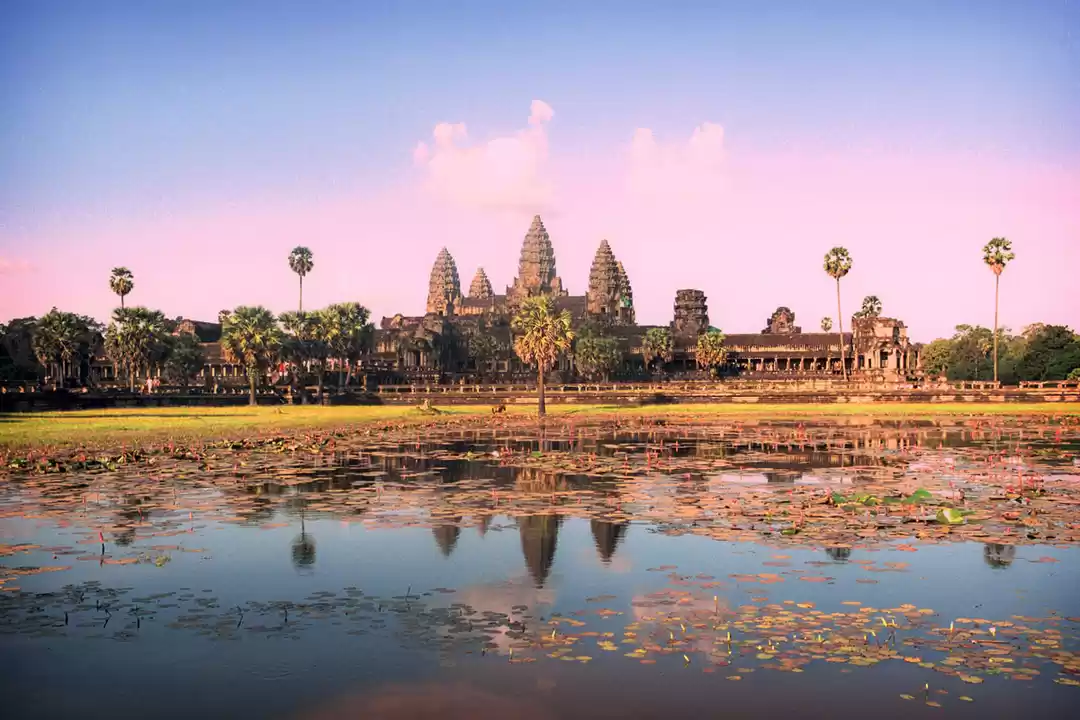





It 5 am in the morning of a warm January Tuesday when my phone alarm rings. I wake up to fulfill a promise I made to myself as a kid .My first glimpse of Angkor Wat began through the annals of history narrated in my seventh grade history textbook. As I skimmed though the pictures of the largest religious monument in the world, it came as a surprise to me that though situated in Cambodia the Angkor Wat was in fact a Hindu temple with tales of Mahabharata and Ramayana engraved on its walls. I made a promise to myself, that one day, when I was old enough I would walk to see Angkor Wat in its full glory.
This promise came true a few hours later when I witnessed sunrise at the Angkor Wat. At sunrise, Angkor Wat is best summarized by one word – pristine. Emerging bit by bit out of the darkness – at sunrise what you first encounter is its size. Its grandeur. A proclamation of the ambition of a king, who used the language of religion to announce his coming to the world. Angkor Wat had seen it all: Powerful kings, human toil that translated ambition to a work of art, Hinduism, Buddhism, nature’s fury, foreign occupation, human greed, theft, genocide, inquisitive tourists, and even the tomb-raids of Hollywood!
The size of Angkor Wat and its intricacy drew upon my interest. I had not imagined discovering such a fine exemplification of Hindu Architecture outside India. The morning of a warm January 2016 day was a good choice. A month ago, researchers from the University of Sydney had just discovered how Angkor Wat is much larger than what appears to the public eye. Researchers had just discovered buried towers very close to the Wat resembling close to a temple-city right outside the Angkor as we know it today. With monuments still underground, the beauty of the Wat is still unraveling.
Containing more stone that the Egyptian Pyramids, Angkor Wat unsurprisingly is a UNESCO world heritage site. Built in the 12th century by king Suryavarman – it is designed to represent Mount Meru, home of the gods in Hindu Mythology. As a 21stcentury Hindu, I confess knowing little of Mount Meru, except that it is an abode of gods. A bit of research reveals that Mount Meru, in ancient texts is situated somewhere close to the centre of the Earth. What I also found out is that there indeed is a Mount Meru located near Mount Kiliminjaro in Tanzania – which too is worshipped by local tribes as the abode of god! In fact there are those who believe that Mount Meru could infact refer to the actual Mount Meru in Africa, as tales of humanity spread in different ways across the world.
Ankor Wat has so much to offer that there I dedicate keeping atleast a day to it. On the way out, I noticed the bullets holes punched into the Wat during the Vietnam War. The lawyer inside me screamed that it is a war crime to destroy a country’s cultural objects. What I took back subsequently however was the undying spirit of endurance the Wat stood for. It had seen with the Apsara’s the beauty of the heaven, and had also endured man’s wrath and the fury of the earth to survive till today as the largest religious monument on the Earth.
This post was originally published on 'The Gypsy Verses'.
Frequent Searches Leading To This Page:-
sunrise at angkor wat in cambodia, sunrise angkor wat best spot, best place for sunrise at angkor wat, sunrise at angkor wat tips, watching the sunrise at angkor wat








